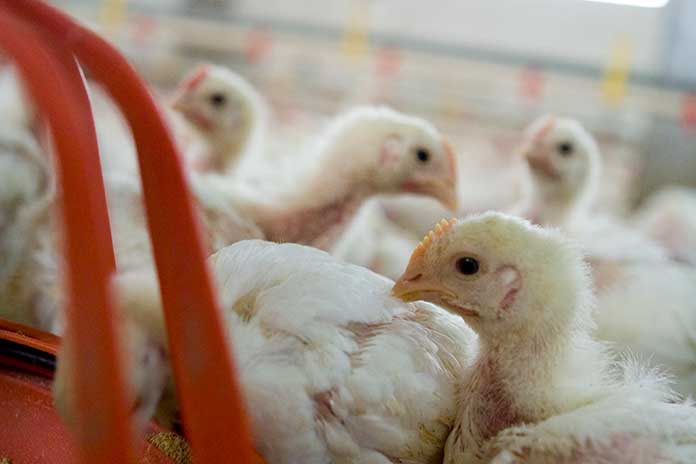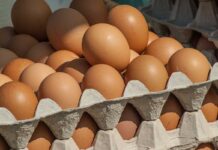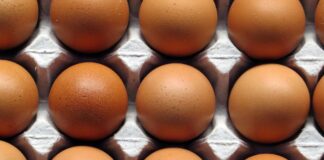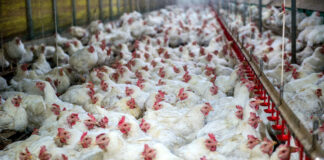
USPOULTRY and the USPOULTRY Foundation announce the completion of a funded research project at Auburn University in Auburn, Alabama, in which researchers examined different dietary treatments for woody breast.
The research was made possible in part by an endowing Foundation gift from Peco Foods and is part of the Association’s comprehensive research program encompassing all phases of poultry and egg production and processing. A brief summary of the completed project is shown below. Dr. Dozier and colleagues from Auburn University recently completed a research project in which they determined the effects of various levels of dietary lysine, vitamin C, phytase and potassium concentrations on reducing the incidence of wooden breast of broilers destined for further-processing markets. Data indicated that the different dietary treatments implemented in this study did not alter the incidences or the severity of wooden breast or white striping.
Nutritional Strategies to Reduce the Incidence of Wooden Breast in Pectoralis Major Muscles in Broiler Chickens
Wooden breast is a breast muscle myopathy that is characterized with fillets being pale in color, exhibiting a hard-bulging appearance and having altered texture due to an increase in connective tissue. The altered texture can result in consumer complaints of poultry products.
Some companies have observed the incidence of wooden breast in the range of 10 to 40%, particularly for broilers grown to weights exceeding 7.5 lbs. The affected fillets may be downgraded or Condemned, resulting in loss of yield and revenue to broiler complexes. Defining dietary interventions to reduce the incidence and severity of wooden breast is a short-term approach, whereas genetic selection would be the long-term goal strategy of potentially reducing the incidence and severity of this meat quality defect.
The objectives for this study were to:
- determine the additive effects of dietary lysine deletion and increasing phytase concentrations on reducing the incidence of wooden breast of broilers destined for further-processing markets, and
- ascertain the additive effects of dietary lysine deletion with vitamin C and potassium concentrations on reducing the incidence of wooden breast of broilers destined for further-processing markets.
For objective 1, an experiment was conducted to evaluate growth performance, meat yield responses and breast meat quality of broilers fed diets with varying levels of dietary lysine and phytase supplementation. Six dietary treatments with 10 replicate pens per treatment were evaluated. These diets were fed to male broilers from 1 to 53 days of age. None of the dietary treatments had any effect of the incidence or severity of wooden breast.
For objective 2, an experiment was conducted to evaluate growth performance, meat yield responses and breast meat quality of broilers fed diets with varying levels of dietary lysine, vitamin C and potassium. Seven dietary treatments with nine replicate pens per treatment were evaluated. These diets were fed to male broilers from 1 to 55 days of age. None of the dietary treatments had any effect of the incidence or severity of wooden breast.
In general, data indicated that the dietary treatments implemented in this study did not alter the incidences or the severity of wooden breast or white striping.
Information on other Association research may also be obtained by visiting the USPOULTRY website, www.uspoultry.org.

















